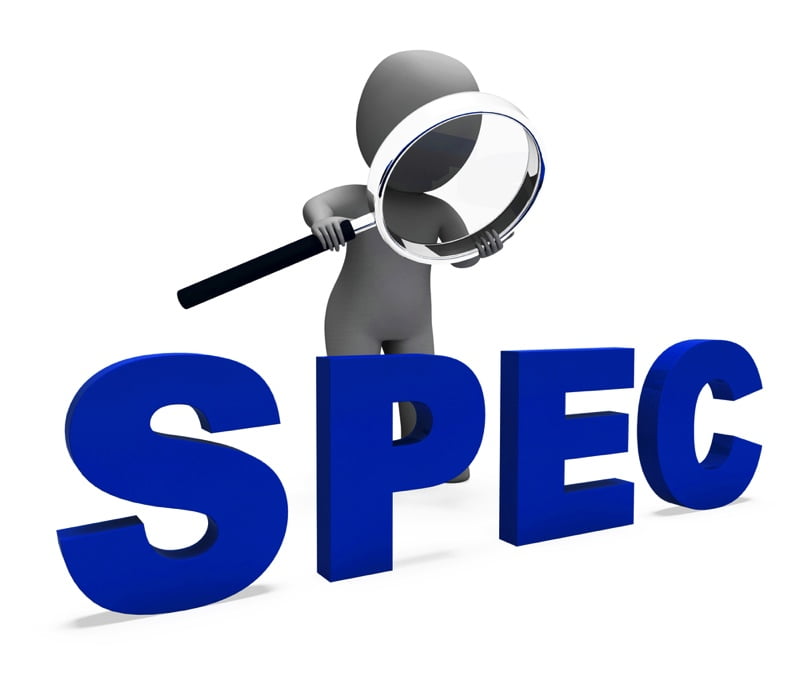How to Properly Write Specifications for Electrical Enclosure Cooling Systems

If you are a project or maintenance engineer needing to purchase enclosure cooling systems, it is important that you spend time preparing a detailed specification before initiating an inquiry. This relatively simple task will ensure you get a cooling system that will meet your needs with appropriate approvals. Here are some tips for writing a specification for enclosure cooling systems.
Description
Briefly describe what you require, which will provide vendors with an overview of the number of units needed, type of facility where the enclosure is installed, and if there are any limitations. This will help the vendor interpret your detailed requirements and clarify anything that isn’t clear.
Heat Load
Calculate the heat load in the enclosure in watts. Use the manufacturers’ catalogues to identify the heat dissipation of each piece of equipment, taking special note of the fact that electronic items such as variable frequency drives and PLC power supplies often generate a lot of heat.
Type of Cooling System
If you know what type of cooling system you require, specify it. Alternatively, allow the enclosure cooling systems vendor to propose a suitable system. It’s equally important to let the vendors know if any types of enclosure cooling systems are not allowed. The vendor may also provide specifications for you, which will save you time.
Electrical Enclosure Specifications
Specify the standards applicable to the electrical enclosure. These include its NEMA or IP ratings, whether it is sealed or naturally ventilated, its dimensions, and materials of construction. The enclosure cooling system will be attached to the enclosure, so specify where it can be installed: side, door, or top mounting positions are usual. If door mounting is allowed, specify the weight limits of the door.
Detail any equipment that is mounted in the enclosure that could interfere with the cooling system. If the information is available, specify the make and model of the enclosure and supply a photograph or drawing. Don’t forget to specify the clearances between the enclosure, walls, and other nearby equipment.
Location
State the location of the enclosure. Is it inside or outside, is it exposed to the sun at any time of the day and for how long? Enclosures placed outside may get hot from solar radiation during the day and cool to below dew point at night.
Ambient Temperature
The interior and external ambient temperatures determine the cooling methods that can be used.
- Ambient temperature: Specify the maximum and minimum ambient temperature that will be experienced. Allow for temperature extremes.
- Internal enclosure temperature: Stipulate the desired internal temperature. Note that many items of electronic equipment have relatively low maximum operating temperatures; a maximum temperature of 95 ºF (35 ºC) is a good starting point.
Environmental Conditions
It’s important to carefully identify the environment where the enclosure is located, including:
- Climate: Geographic location and climate type.
- Humidity: Condensation and corrosion can occur in humid environments.
- Water: Is the enclosure subject to rain, hose downs or water sprays?
- Corrosion: Are corrosive vapors, gases and liquids present?
- Heat sources: Is the enclosure near a heat source such as an oven?
Power supply
It’s wise to specify supply voltages, phases, and frequency. Also, you should mention any limitations.
Special Requirements
Are there any special requirements to consider?
- Remote monitoring
- Condensate disposal
- Heater
- Hazardous area requirements
- Approvals
Do you require conformance with specific approvals and standards. UL is commonly required in the United States and CSA or cUL in Canada. In Europe, the CE mark is required.
Keep It Simple
A clear and concise specification will ensure you are offered the right enclosure cooling systems. Don’t forget to specify any requirements for pre-delivery inspection, verification, and specific warranty expectations.
Are you planning a project and need help with specifications for an enclosure cooling system? Contact the experts at Thermal Edge today!


